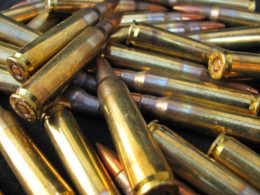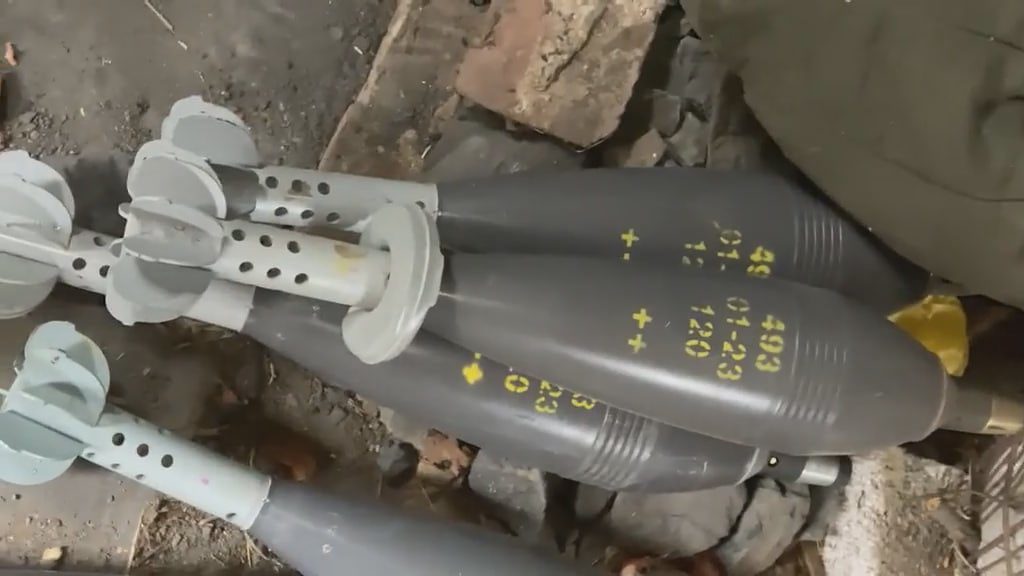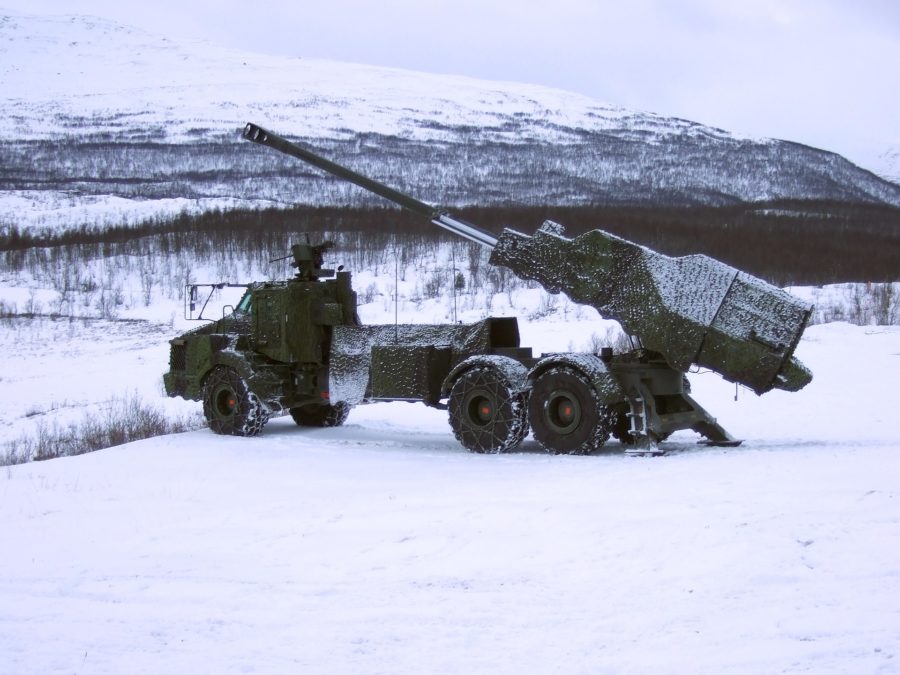US and Ukrainian officials told
CNN on January 10 that Russia’s daily rate of artillery fire has decreased in some areas by 75%, a historic low since the start of the Russian full-scale invasion on February 24, 2022. These officials noted that Russian forces may be rationing artillery shells as a result of dwindling supplies, or could be reassessing their tactics.
Spokesperson for the Ukrainian Eastern Group of Forces Serhiy Cherevaty stated that Russian forces previously depleted their reserves of 122mm and 152mm artillery shells and other reserves over the summer of 2022 under an assumption that excessive artillery fire would lead to faster results. Cherevaty noted that Russian forces must now transfer additional shells from rear areas in Russia and purchase additional munitions from foreign countries to counteract such shortages, resulting in a reduced rate of fire. Cherevaty added that Ukrainian strikes against Russian ammunition depots and logistics have also inhibited Russia’s ability to unload munitions close to the frontlines, reducing the intensity of Russia’s artillery fire.
Russian sources are increasingly also acknowledging that Russia’s ammunition and supply shortages are decisively impeding the ability of Russian forces to advance. A prominent Russian milblogger (and member of Russian President Vladimir Putin’s mobilization working group) stated
on a federal TV program that Russian force generation efforts such as mobilization are not sufficient, noting that Russia’s success on the frontlines is contingent upon its economy and military-industrial complex.
ISW had previously assessed that the Kremlin’s force generation campaigns are unlikely to decisively affect the course of the war unless Russia addresses its fundamental problems with supplying its war effort in Ukraine. Russian forces achieved some victories in the first stages of the invasion due to Russia’s rapid use of its manpower and reliance on artillery superiority, and the Kremlin’s inability to replace expended personnel and munitions may further undermine its ability to wage protracted combat.
Read also:
Russia to struggle to keep pace of operations as it burns through its artillery ammo stocks – ISW
Ukraine finally launches domestic ammunition production. How will this impact the war?




